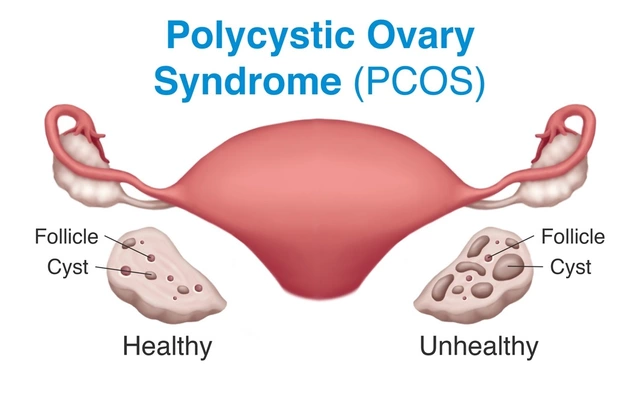Effective Alternatives to Priligy: Exploring Top Solutions for Premature Ejaculation
January 5 2025Mycophenolate: A Practical Overview
When working with Mycophenolate, an immunosuppressive drug used to prevent organ rejection and to treat certain autoimmune diseases. Also known as mycophenolate mofetil, it blocks a key enzyme that immune cells need to multiply, thereby calming an overactive immune response.
One of the biggest arenas for Mycophenolate is organ transplant, the surgical placement of a donor organ into a recipient. After a kidney, liver, or heart transplant, patients rely on Mycophenolate to keep their bodies from attacking the new organ. The drug works hand‑in‑hand with other immunosuppressants like tacrolimus, creating a balanced regimen that reduces rejection risk while limiting toxicity.
Mycophenolate also shines in the world of autoimmune disease, conditions where the immune system mistakenly attacks healthy tissue. Doctors prescribe it for lupus nephritis, vasculitis, and certain skin disorders because it can tame the immune system without the harsh steroids that many patients dread. In these cases, the drug’s ability to curb T‑cell and B‑cell proliferation translates into fewer flare‑ups and better long‑term organ function.
Key Topics Covered
The collection of articles below gives you a 360° view of Mycophenolate. First, you’ll learn the core attributes of the medication: how it blocks the enzyme inosine‑monophosphate dehydrogenase, why that matters for immune cells, and the typical starting dose for adults. Next, the guide dives into monitoring requirements. Blood work is crucial—regular CBC and liver panels help catch low white‑blood counts or liver irritation early, so you can adjust the dose before problems grow.
We also explore common side‑effects and how to manage them. Gastrointestinal upset, headaches, and tremors pop up often, but simple tricks like taking the pill with food or staying hydrated can make a big difference. For more serious issues—like severe infection risk or kidney problems—the articles outline warning signs and when to call your doctor.
Because Mycophenolate doesn’t work in a vacuum, the series explains drug interactions. Antacids, certain antibiotics, and herbal supplements can change how the drug is absorbed, so it’s important to coordinate with your pharmacist. The material also compares Mycophenolate to other immunosuppressants such as azathioprine and everolimus, outlining when a switch might be advisable based on efficacy, side‑effect profile, and cost.
Finally, you’ll find practical advice on lifestyle adjustments. Travel tips, vaccination timing, and pregnancy considerations are covered so you can keep living an active life while staying safe on therapy. Whether you’re a transplant recipient, a patient with an autoimmune condition, or a caregiver looking for reliable info, these articles give you the tools to make informed decisions.
Take a look below to see how each piece fits into the bigger picture of managing Mycophenolate therapy—covering dosing tricks, safety checks, and real‑world scenarios that can help you stay on track.
 19 Oct
19 Oct
Cyclosporine vs. Alternatives: Which Immunosuppressant Is Best?
A detailed comparison of cyclosporine with its main alternatives-tacrolimus, mycophenolate, azathioprine, sirolimus-covering mechanisms, side effects, costs and how to choose the right immunosuppressant.
Read More...



